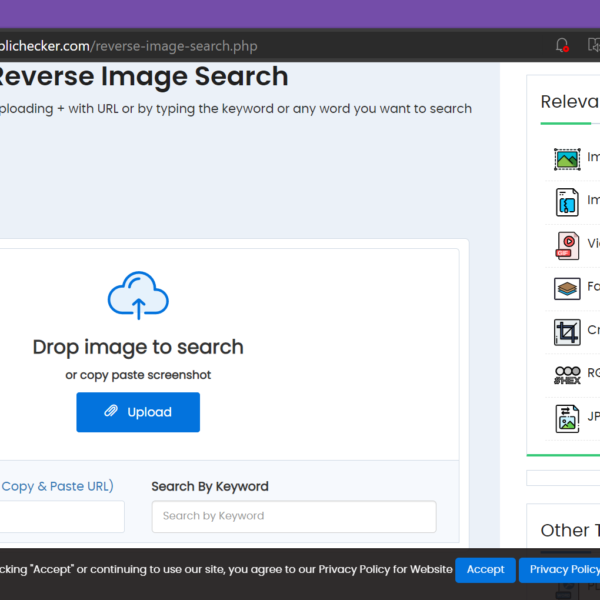In the ambit of aesthetics, the buzzword is, if you can imagine it, you can create it. Bring your most fantastic AR ideas to life, regardless of your expertise level. When you install Spark AR studio, you can unlock a new sphere of possibilities.
Creating AR effects easily objective. Anybody can be a creator. You may have a limited technical background or are a professional. Spark AR Studio provides the best starting tools.
- Build your content with or without proper code. Use the famous patch editor to add smooth interactivity, curate and animate content, and create tight logic in your after effects.
- You can even make materials and textures to bolster your scene.
- You can import sounds and objects, and add your own 3D objects and sound files.
- Spark AR hub helps users to manage, understand and publish effects on Instagram. You can gauge your AR performance across IG.
- Taking self-expression to another level, you can create awesome people’s effects. The responsive and compact AR experiences go beyond face filters and masks.
- There are no standard selfies to cut it.
- You can sync effects with proper movement. Overlay the body and hand movement of your subject, and implement touch gestures that enable you to interact and manipulate things.
Bandwidth to create AR effects on Instagram
To start your AR journey, you just have to download Spark AR Studio on their Mac or Windows. It’s fully free. The firm says that making filters is easy and simple, courtesy of its drag-to-drop operation. You can also find tons of inspirations from the feature.
You can easily share the filters on Instagram. They will tag you with the original creator’s name, which gives you full credit when and if the filter or effect goes viral.
- The less creative folks can be able to use the new effects as well. The Effect Gallery is all new. You can find it by tapping on Browse Effects, which lie at the end of your Instagram Stories or Camera’ effects tray.
- The gallery entails special AR effects from original creators. It makes it easy for you to find unique shades and effects.
- However, Instagram isn’t the channel to allow users to build their own effects or filters.
- In a flashback, Facebook has now made it possible for you to make your individualized augmented reality effects for your IG posts.
Going away from Open Beta
Hitherto, Spark AR Studio came in the form of Closed beta, which meant that if you sought to publish your custom AR effects on IG, seeking acceptance into the program was a must.
- Facebook’s latest announcement may sound loud and intimidating, but AR Studio is actually designed for people of all skill levels to express themselves.
- Your technical background doesn’t matter in this regard.
- All you need to do is download the AR Studio program to immediately start building your AR effects for IG Stories.
- It’s very easy to navigate the advanced tool. AR Studio is also very intuitive in terms of designing.
- Even for people with limited technical backgrounds, you have the bandwidth to get creative and experimental with your AR effects for IG.
- Coming back to the new ‘effects gallery’ for custom effects, upcoming artists can make extensive use of it. It becomes a lot easier for you to discover a whole range of unique effects.
- The creators’ guild is obviously upbeat.
- Before the update, the only way of finding and accessing custom AR filters was to follow Instagram creators.
- By doing so, the filters would organically appear at your effects tray’s bottom.
- The new Effects Gallery has simplified the entire process. When you visit the profile of a creator, you’ll find a new effects button on top of the feed.
- You can browse every AR effect of the creator here.
- You also have the option to “Try It’ by tapping on an effect.
- Tapping this key will open your IG Stories camera where you can put the effects.
- The effects gallery also has a feed of compact effects from the creator community. It’s much akin to browsing content on the Explore Page.
Instagram Stories is currently an incredible domain for self-expression. You can connect with friends and other members. AR Studio adds dynamic, interactive, and rich layers to your experiences.
Textures, materials, and objects
The visual elements in the Studio are called ‘objects’. You need to know that some of them can contain materials.
Materials include special components that you control in a seamless way. The entire process is pretty advanced.
- Textures are images that you can apply to materials. These can be live images or external images that your camera captures.
- You can look at the concerned objects that you can use for a string of Halloween effects.
- Number 1 is Face Tracker. According to the name, it tracks and underlines the user’s face.
- Face Mesh is another object that can host material. You can then use it to show an image on the surface or face.
- Spot Light is another object, which is one of the few or rare artificial lighting options Spark has.
- You can use the spotlight from the same effect to illustrate and illuminate, or rather polish the face mask on the overlay. The overlay is dark.
- Canvas object is another pivotal tool. You primarily use it for holding a plane or rectangular object.
- It allows you to position flat surface objects on the screen. You can also position them in a 3D world screen or space.
- The rectangle is another component, which you use as a flat surface for showing overlays or images.
- You use a rectangle in your effect to encompass the whole screen with a smooth, black overlay.
- This overlay is also translucent. The other essential default components are a microphone, focal distance, camera, and device.
Modifying your filter
When and if you open a sample project, you can also effectuate a few changes. A Face Mesh distortion is a viable tool. Find the Deformation tab on the right side of the window. Do make sure it’s an expanded window.
You use the Blend Shapes two tweak one of the sliders for adjusting the filters or facial distortion. The next step is you can go ahead to create your images.
Image Credits: positlabs




Like this article? Share with your friends!